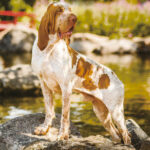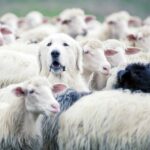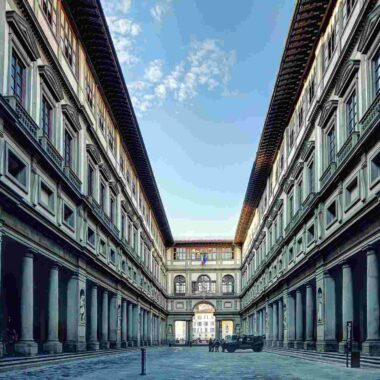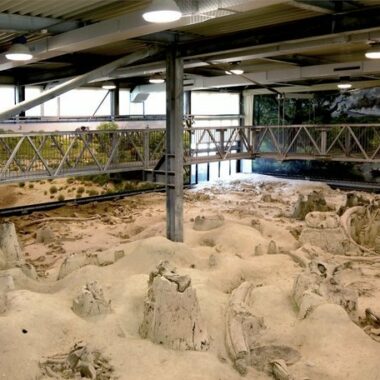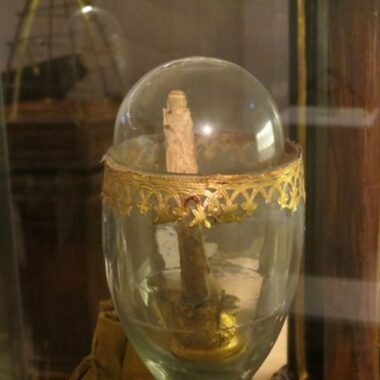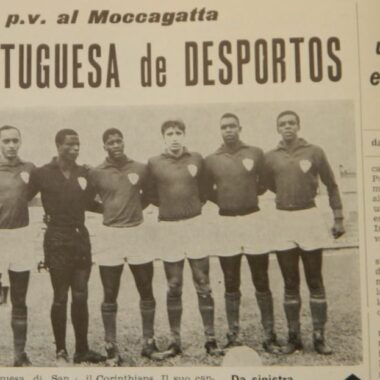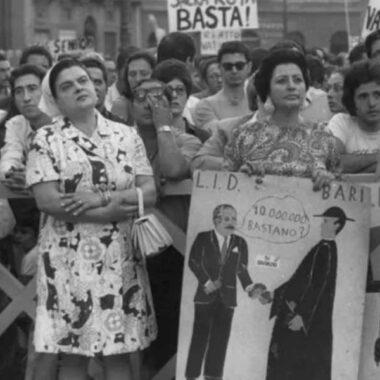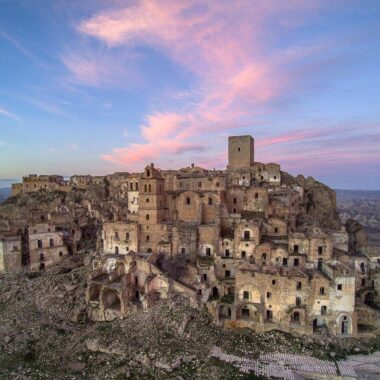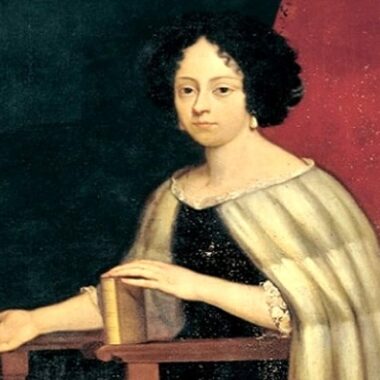You know, a dog is a man’s best buddy. If you haven’t already, I recommend digging deeper into our collection of articles on the origins of Italian dogs. You can learn more about the Maremmano-Abruzzese Sheepdog, the Lagotto Romagnolo, and the Italian Bracco by clicking on the links in the sidebar!
During my time as a veterinary student in Italy, I had the opportunity to interact with a variety of canine breeds, each of which was distinct and special. Given my background, I may be biased and nonobjective, but everyone had their unique charm that I can’t convey in words.
The history of beautiful Italy merges with that of our four-legged pals in this collection of articles. To be more specific, the ENCI (Italian National Dog Club) has authorized as many as 18 native breeds of historic ancestry.
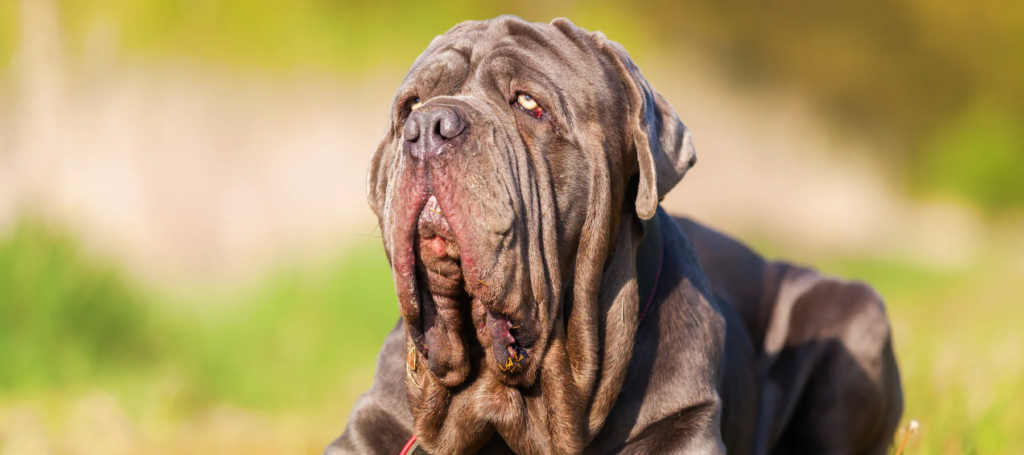
I’d want to tell you a little bit more about the Mastino Napoletano (Neapolitan Mastiff) today. We will uncover stories, peculiarities, and truths about what transpired behind this good giant together. Enjoy your reading!
The Mastino Napoletano’s history
Before I reveal its allure, I’d want to point out that the Mastino Napoletano can be a difficult dog to manage in terms of behavior. If you’re picturing a tender dog from your apartment, you’re mistaken. But, as we proceed, you will see that its rough exterior correlates to a story worthy of great respect.
Molossoids: the Italian workers’ savior
It is a member of a breed of dog known as a Molossoid. These examples get their name from the Molossi of Epirus, which, according to the reconstruction, were in charge of the initial and shaky selection of these imposing dogs.

Initially used as combat and working dogs, their quick development is to be accompanied, as always, by commercial traffic that allowed for the rapid spread throughout the East.
The Western spread, on the other hand, is credited to the Romans‘ war skills. Given their enormous practical utility, they spread like wildfire throughout much of the known West at the time.
To date, several new breeds of Molossoids have been selected, while some have nearly vanished. But let’s take it one step at a time.
The origins
Unfortunately, we cannot reconstruct the full history that divides the modern breed from the antique one. However, it is now established that there were specimens with morphology comparable to that of dogs in locations far from Italy and very ancient ages.
First and foremost Lucio Columella, and other writers like him, confirmed this. Columella describes a “dog with a dark coat and a strong size, with large jaws and thick skin” for the first time in history’s first agronomic treatise. Imagine reading such accounts for the first time, in around 60 AD, and you can’t help but be amazed.
“Cave Canem” could always be found in the same book, as if to suggest “pay attention to the dog.”
The story that comes before Columella’s account is somewhat fragmentary. These canines came to the Roman arenas to give the crowd what they liked most, from the Molossians of Epirus to the Celts. They put on a show by slaughtering slaves and staining the stadiums with fresh blood.
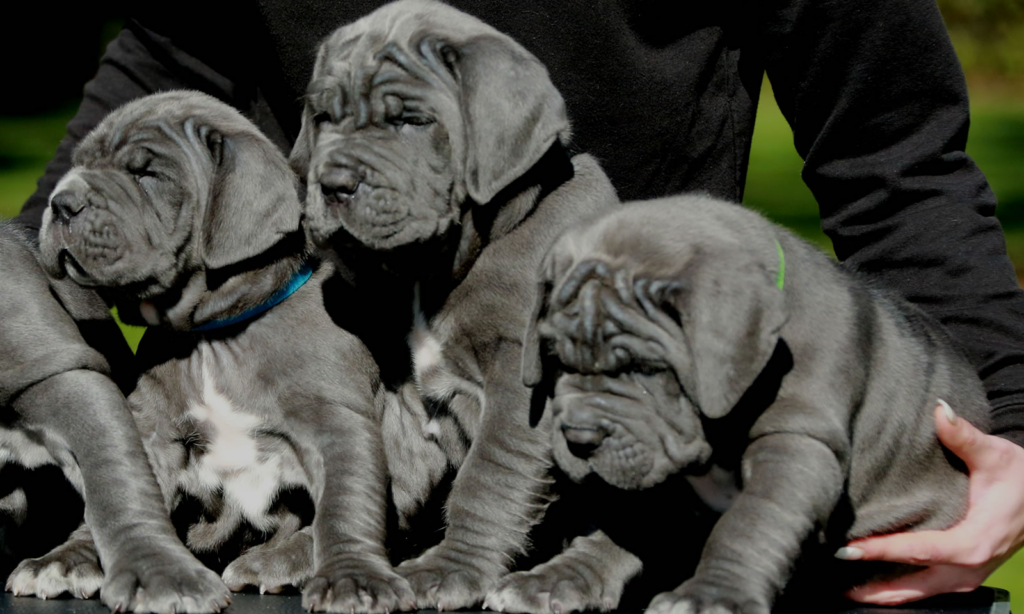
From the Romans to the present day
In brief, Mastino’s life was not glamorous. After becoming one of the most popular characters in Roman performances, it faded into obscurity, almost disappearing from the press.
We get to the Bourbon period (approximately in the first part of the 800s) with a huge leap ahead. These dogs reclaim part of their former splendor as royal palace watchdogs. They were enlisted with some success in the war against banditry if necessary. The Mastino was known as Massatinus, which meant “guardian” at the period.
Its enthusiasm dropped again after World War II. Piero Scanziani, a Swiss writer, battled for his recognition as a native breed and won it in 1949.

The tragic ending of the Mastino Napoletano
This breed is a source of pride for our breeders and the foundation of Italian dog racing history. These canines have beautifully preserved the typical behavioral characteristics that have made them so popular in the past. Furthermore, although its visual appearance does not appeal to everyone, the Mastino seems to be a dog highly valued by the Italian people in terms of morphology and typical characteristics. Adoptions have practically grown in recent decades.
The contradictory nature of the adoption surge
Breeders have pushed the selection of specimens of this breed excessively to answer to the growing desire. They chose the largest canines with the most wrinkles and loose skin. All of these characteristics were, unfortunately, highly valued by the adopters.
As a result, the usual qualities of this ancient breed were taken to extremes, resulting in first-order health problems in these dogs, such as respiratory difficulties, articular pain owing to excess weight, and cardiovascular distress.
The Mastino Napoletano, on the other hand, pays a commitment to be a guardian dog par excellence. Fear cannot scratch its statuesque framework. It has a powerful jaw strength, yet its aggression is zero-grazing. It’s well-balanced, intellectual, and insightful.
Because of all of these characteristics, as well as its unique guardian dog story, most adoptions are motivated by the necessity to defend the adopters’ unoccupied homes.
Despite being incredibly adept at the duty, this dog is exceedingly affectionate.

Whoever decides to adopt this dog should remember that Mastino enjoys spending time with its people and always attempts to play an active role in its new group of housemates. As I have said, if these prerequisites are not met, it may suffer depression symptoms. For the benefit of this excellent giant, the tendency of the solitary guarding dog should be reversed.
If you are an animal enthusiast like me, don’t miss Life in Italy’s insights on other Italian breeds!
See u soon!


